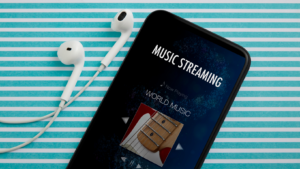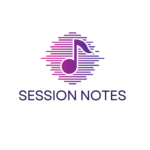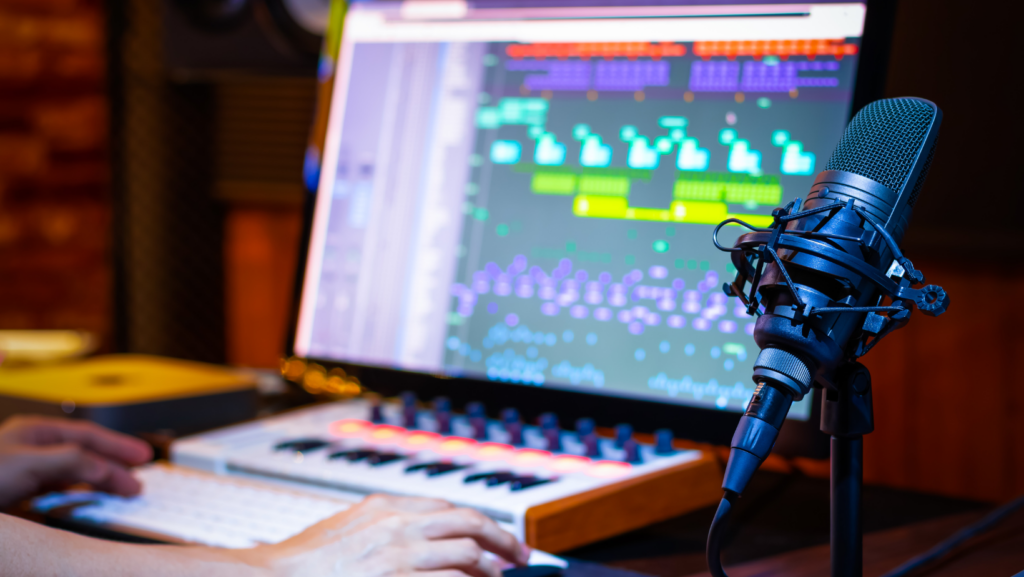In the symphony of innovation, music and technology have always played in perfect harmony. From the phonograph to streaming services, technology’s influence on music is undeniable. But what are some notable examples of music technology that have truly struck a chord?
This article will take you on a journey through the high notes of music technology examples. We’ll explore how it’s not only changed the way we listen, but also how we create and experience music. Whether you’re a tech enthusiast, a music lover, or somewhere in between, you’ll find this exploration both enlightening and entertaining. So, let’s dive into the rhythm of innovation and discover the many ways technology is orchestrating the future of music.
Music Technology Examples

Charting a course through music technology examples evolution brings us to a pivotal tool – the Digital Audio Workstation (DAW). These digital platforms serve as the heart of music production, playing a critical role in enabling the creation, editing, and mastering of music tracks.
Music Technology Examples: Virtual Studio Technology
Virtual Studio Technology (VST) represents a software interface that integrates software audio synthesizer and effect plugins with audio editors and recording systems. Developed by Steinberg in 1996, VSTs operate as standalone software and also within Digital Audio Workstations (DAWs) such as Ableton Live, Logic Pro X, and Pro Tools. Their function extends to creating sounds, simulating specific audio effects, and manipulating other audio content. Thus, VSTs function as a critical instrument in the music production process.
VSTs come in two main forms: VST Instruments (VSTi) and VST effects. VST instruments mimic traditional musical instruments like pianos and drums, as well as synthesize sound to create music. On the other hand, VST effects shape sound, adding reverberation, echo, distortion, and other effects to an audio track.
Music Technology Examples: Music Notation Software

Notation software serves as a critical tool in the musician’s arsenal, easing the process of composing music. It assists in converting musical ideas into readable and sharable scores, leveling up the workflow of composers. Replacing the traditional pen and paper approach, notation software represents a shift towards digitization in music composition, reflecting the inescapable influence of tech-driven transformation in the music industry. It offers precise control over every aspect of the score – pitch, note value, articulation, and expression. Above all, it provides interactive features for playback, allowing musicians to listen to and refine their compositions.
Music Technology Examples: Mobile Music Applications
Mobile music applications represent another vital facet of music technology, offering creators and consumers unparalleled access to music.
Mobile music apps epitomize the intersection of music technology examples, introducing a revolution in how individuals interact with music. From creating and editing tunes to discovering new sounds and sharing playlists, these applications democratize music. For creators, mobile apps such as GarageBand or FL Studio Mobile offer a portable studio, enabling composition, recording, and editing on the go. Listeners aren’t left out either. Apps such as Spotify, Apple Music, and Deezer bring millions of songs, albums, and podcasts to one’s fingertips, along with personalized recommendations and curated playlists, changing the way individuals discover and consume music. For both consumption and creation, mobile technology has undeniably redefined the music landscape.
Impact of Music Technology on the Music Industry

With the shifted gears in the technology world, music recording has witnessed an unimaginable transformation, no doubt. Thanks to the emergence of Digital Audio Workstations (DAWs), musicians and producers now have at their disposal powerful tools that blend sessions, tracks, and routing to emulate traditional recording studios. DAWs like Ableton Live, Logic Pro X, and Pro Tools, cited earlier, allow high-quality music production without requiring access to expansive and expensive studio setups.
Yet, it’s not just about the software. Hardware has evolved too. Amplifiers, microphones, and MIDI keyboards are becoming more sophisticated and integrated with the software counterparts, enabling more nuanced control over the recording process. As a result, artists can now produce a greater variety of sounds, manipulate them in unconventional ways, and ultimately create unique audio experiences.

